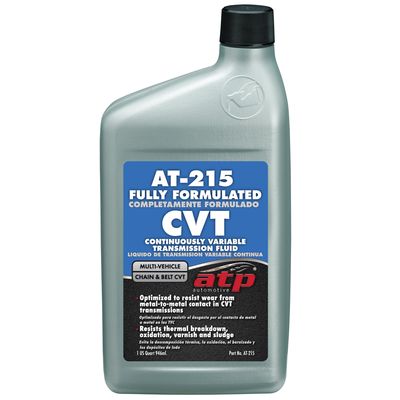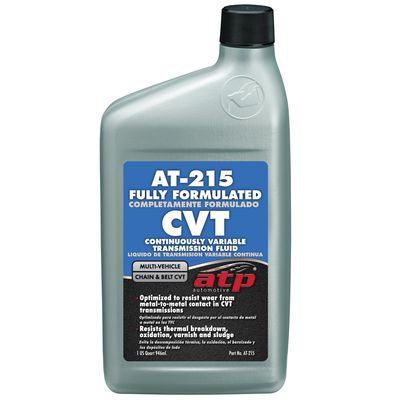Answer
Aug 14, 2024 - 01:20 PM
Determining the appropriate transmission fluid for your car is crucial for ensuring the proper operation and longevity of your vehicle's transmission. Here’s a step-by-step guide to help you identify the correct transmission fluid:
1. Consult the Owner’s Manual:- Primary Source: Your car's owner’s manual is the best and most reliable source of information regarding the appropriate transmission fluid. The manual will specify the exact type of transmission fluid recommended by the manufacturer.
- Look for Specifications: Check the section on maintenance or fluid specifications, where the type of transmission fluid (such as ATF, CVT fluid, or manual transmission oil) and any relevant specifications (e.g., Dexron, Mercon, Type F, etc.) will be listed.
- Label on Dipstick: Some vehicles have information about the type of transmission fluid on the transmission dipstick itself. Look for any labels or markings that indicate the fluid type.
- Color of Fluid: While not a definitive method, the color of the existing fluid can sometimes help identify it. For example, most ATFs are red, but the exact shade can vary by type.
- Online Resources: Many manufacturers provide online resources where you can input your vehicle’s make, model, and year to get information on the recommended transmission fluid.
- Service Bulletins: Check for any technical service bulletins (TSBs) that might update or change the recommended transmission fluid based on newer formulations.
- Expert Advice: A dealership or authorized service center for your vehicle’s brand can provide you with the correct transmission fluid information. They have access to the most up-to-date specifications and recommendations.
- VIN Lookup: Provide your vehicle identification number (VIN) for the most accurate information, as it ensures that you get the recommendation based on your specific vehicle configuration.
- Valvoline, Castrol, and Others: Many oil and fluid manufacturers offer online tools where you can input your vehicle’s details (make, model, year) to find the correct transmission fluid.
- Compatibility Check: These tools match their products to your vehicle’s specifications, providing a list of compatible fluids.
- Automatic Transmission: Look for ATF (Automatic Transmission Fluid) types like Dexron, Mercon, or specific manufacturer-recommended fluids.
- Continuously Variable Transmission (CVT): Requires CVT-specific fluid, which is different from regular ATF and designed to handle the unique demands of a CVT.
- Manual Transmission: May require manual transmission oil, gear oil, or even ATF in some cases, depending on the design.
- Multi-Vehicle Fluids: Some aftermarket fluids, like Valvoline MaxLife, are designed to be compatible with a wide range of vehicles. However, it’s crucial to verify that the specific fluid is listed as compatible with your vehicle’s transmission.
- OEM vs. Aftermarket: While aftermarket fluids can be high quality, using an OEM (Original Equipment Manufacturer) fluid or a fluid that exactly matches the OEM specifications is often the safest choice.
- Special Fluids: Some vehicles require specially formulated fluids that are not interchangeable with generic or multi-vehicle fluids. Ignoring these recommendations can lead to transmission damage and void warranties.
To determine the appropriate transmission fluid for your car, the most reliable approach is to consult your vehicle’s owner’s manual. Supplement this information with advice from the manufacturer’s website, dealership, or authorized service center, and consider using online tools provided by fluid manufacturers. Always choose a fluid that meets or exceeds the specifications provided by your vehicle manufacturer to ensure optimal performance and avoid potential transmission issues.





Add New Comment